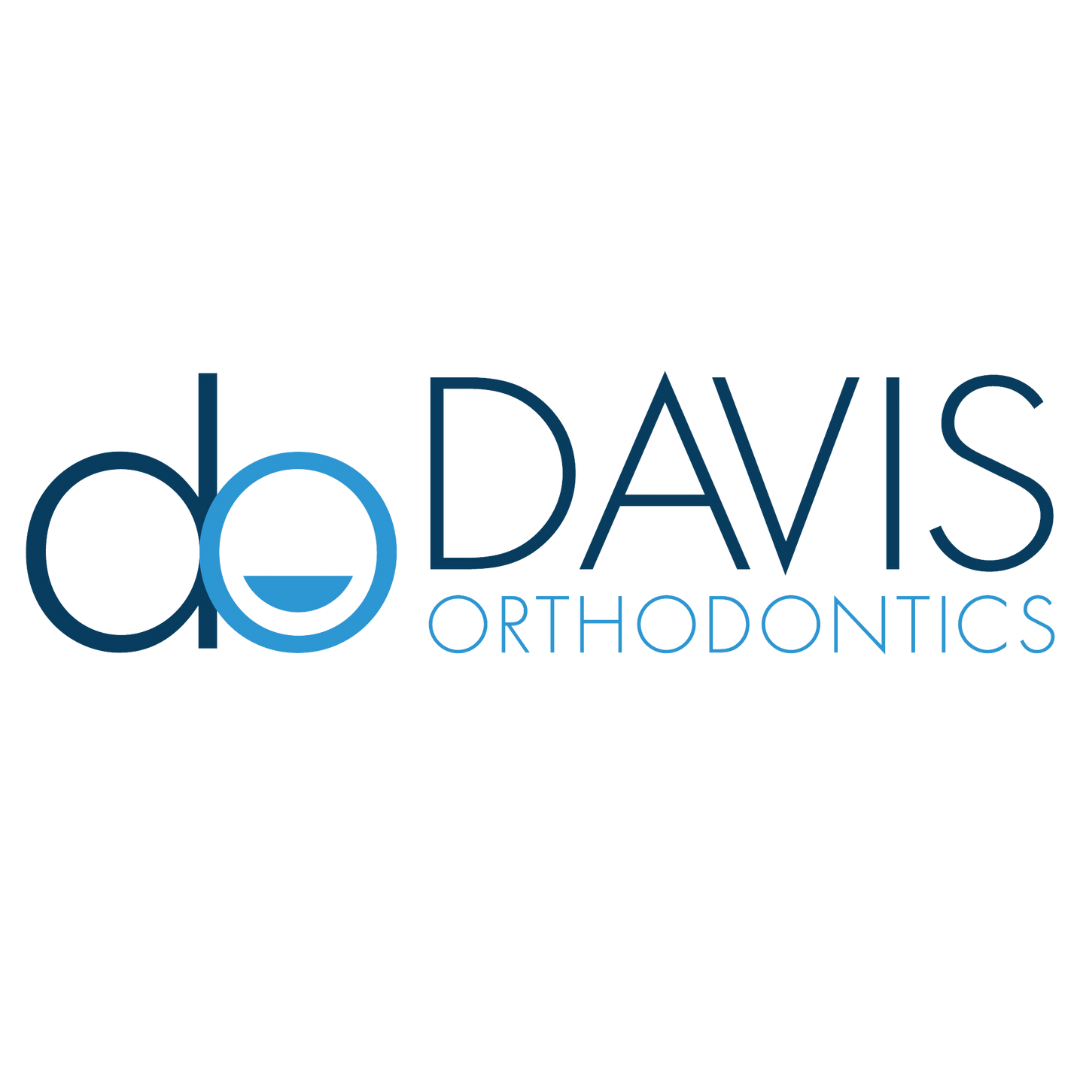Orthognathic Surgery
About Orthognathic Surgery
Patients who have an overbite, open bite, or underbite may need corrective jaw surgery (orthognathic surgery). These issues often lead to TMJ disorder, speech problems, breathing problems, and difficulty with chewing, biting, or swallowing. Orthognathic surgery performed by an oral surgeon corrects these abnormalities to improve the function of the jaw and the appearance of the facial profile.
How do jaw issues affect the quality of life?
Jaw distortions can cause discomfort, degeneration, and popping or clicking. Additionally, the improper orientation of the jaws and teeth can negatively affect the entire appearance of the face. Often, irregularities of the jaws and teeth make it difficult to perform everyday functions like chewing and talking.
How can orthognathic surgery help?
The orthodontist and oral surgeon work together to improve a wide range of minor and major skeletal and dental abnormalities. Corrective jaw surgery may help:
- Correct malocclusion
- Balance asymmetrical faces
- Reduce double chin
- Repair facial conditions (caused congenitally or traumatically)
- Relieve discomfort caused by the temporomandibular joint (TMJ) and other jaw disorders
- Alleviate obstructive sleep apnea
- Enhance overall biting, chewing, and swallowing abilities
- Correct speech impediments
- Minimize erosion of the teeth and jaw
Types of Orthognathic Surgery
Health professionals classify orthognathic surgery by the location of modification. The three types of corrective jaw surgeries are:
- Maxillary osteotomy: Upper jaw surgery may be performed to upgrade receded or protruding upper jaw, crossbite, open bite, excessive or insufficient teeth display, or midfacial hypoplasia.
- Mandibular osteotomy: This treatment revises receding or protruding lower jaws.
- Genioplasty: Small chins often complement a severely receded lower jaw. This type of surgery restructures the chin.
A skilled oral or maxillofacial surgeon can perform corrective jaw surgery on any of the mentioned above or a combination of these.
What can I expect before, during, and after orthognathic surgery?
Before
Dr. Davis creates a customized treatment plan using advanced digital imaging technology, starting with orthodontic techniques and ending with orthognathic surgery (if needed). Computerized treatment planning:
- Minimizes treatment times
- Reduces recovery periods
- Improves the overall efficacy of surgery
During
So that no facial scars are visible on the chin, jaw, or around the mouth, orthognathic surgery is typically performed inside the mouth. Here are the steps of corrective jaw surgery:
- The surgeon adjusts the jawbones into the correct position.
- Once the surgeon completes jaw movement, state-of-the-art biocompatible materials (such as titanium plates and miniature screws) stabilize the bones in their new position.
In some cases, bone must be grafted to add volume and reshape the jaw.
After
The entire orthodontic process (including braces and surgery) may take several years due to the complexity of the treatment and scheduling of the surgical procedure. Over time, these biocompatible materials integrate with the bone structure. Initial jaw healing takes about six weeks, but complete recovery can take up to 12 weeks.
Everybody is different. It’s essential to consult with an experienced orthodontist to know exactly what your tailored treatment timeline will be.
How do I know if orthognathic surgery is necessary?
The world of orthodontics is constantly advancing. If orthodontic treatment can correct the problem, corrective jaw surgery can be avoided. Dr. Davis can determine if orthognathic surgery is the best treatment to correct your jaw abnormalities.






